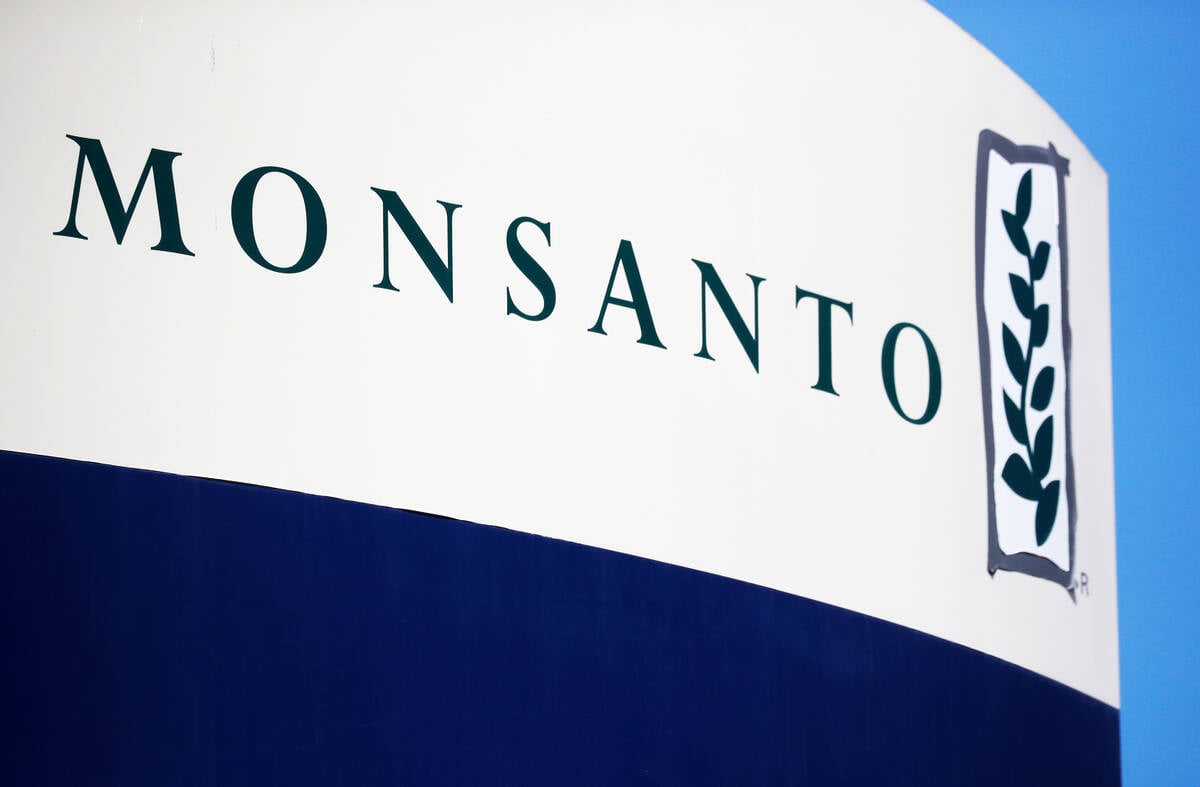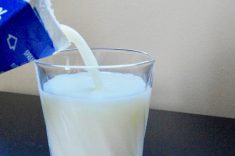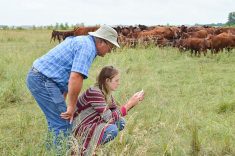Few nations put on a dairy cattle show like the World Dairy Expo in Madison, Wisconsin. This year, 50,000 visitors and vendors from nearly 100 countries will see 1,800 owners exhibit 2,500 or so of the best dairy cattle in the galaxy.
Organizers of this year’s event are working overtime to keep one party crasher out: highly pathogenic avian influenza or bird flu, also referred to as Influenza A among the cattle sector. New rules, new testing and new paperwork for the Oct. 1-4 gathering are all aimed to keep it flu-free.
But in “the unfortunate event of a positive Influenza A individual cow test,” event organizers said Aug. 21, “we have been informed by the (state of) Wisconsin … that all cattle on site … will be temporarily quarantined …” If deemed necessary, “additional quarantine measures could be added.”
Read Also

Roundup retraction makes public trust ripples
A foundational study on glyphosate safety was recently retracted, while Roundup maker Bayer has already said it may ditch the key agricultural herbicide after lawsuits piled up.
Once the animals are allowed to leave for home, further quarantine may be required by other U.S. states and Canadian provinces.
Many argue that today’s rules are working. While bird flu has been detected in 191 dairy herds across 13 states in the U.S., only 13 human cases of bird flu have been tied to cows.
True, but bird flu infections among dairy workers outnumber infections in poultry workers.
To date, reports Helena Bottemiller Evich in the Aug. 23 Food Fix, her weekly look at food policy on Capitol Hill, “there … was just one reported case … in a human” from poultry in 2022. However, since then, “nine of the 13 more recent human cases” have been linked to poultry.
There are two clear reasons for that slow transfer from poultry to humans compared to cows-to-human transfer. First, bird flu is so deadly and fast moving in poultry that, once detected, infected flocks are almost immediately destroyed. The source of the disease and potential for human transfer is quickly and effectively eliminated.
In July, it was estimated that 100 million chickens and turkeys have been destroyed in the U.S. since the latest outbreak of avian flu began in February 2022.
The second reason is less deadly but more troubling. While the human cases detected in dairy workers have, so far, “been very mild,” continued Food Fix, “… it’s likely that health officials are not detecting all of the human cases due to limited testing.”
Farm workers or farmers with the most direct contact with animals are most at risk, it continues, but those groups are “not exactly incentivized to get tested.”
Undocumented workers could lose their jobs and farmers “fear a loss of income if they can’t easily sell their milk or their cows.”
The U.S. Department of Agriculture does offer voluntary testing of milk to determine the presence of bird flu in any dairy herd. So far, though, “of the roughly 24,000 farms that sell milk,” reported the New York Times recently, “only 30 are participating.”
Food Fix updated those numbers in late August to note that now USDA “only shows 26 herds are participating,” or 0.1 per cent of all American herds. According to the USDA, as reported by the Times, the poor turnout shows “the system is working as designed.”
Indeed it is, for 26 herds. That only leaves 23,974 or so herds where it’s not working.
Close enough for government work, right?















